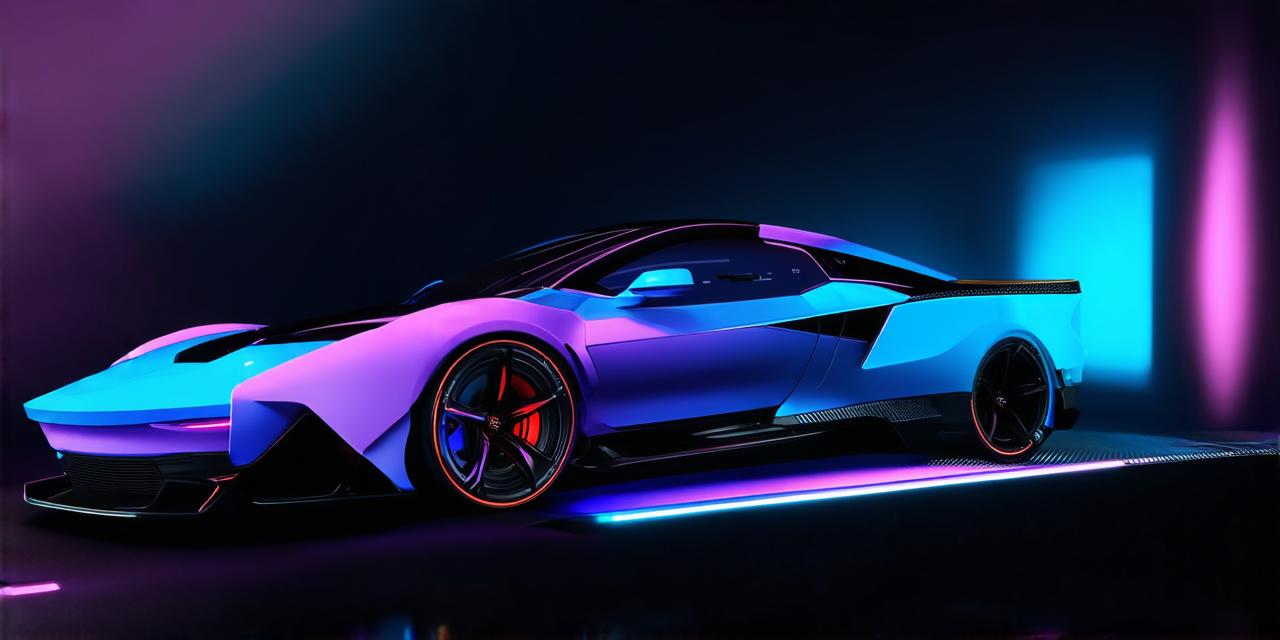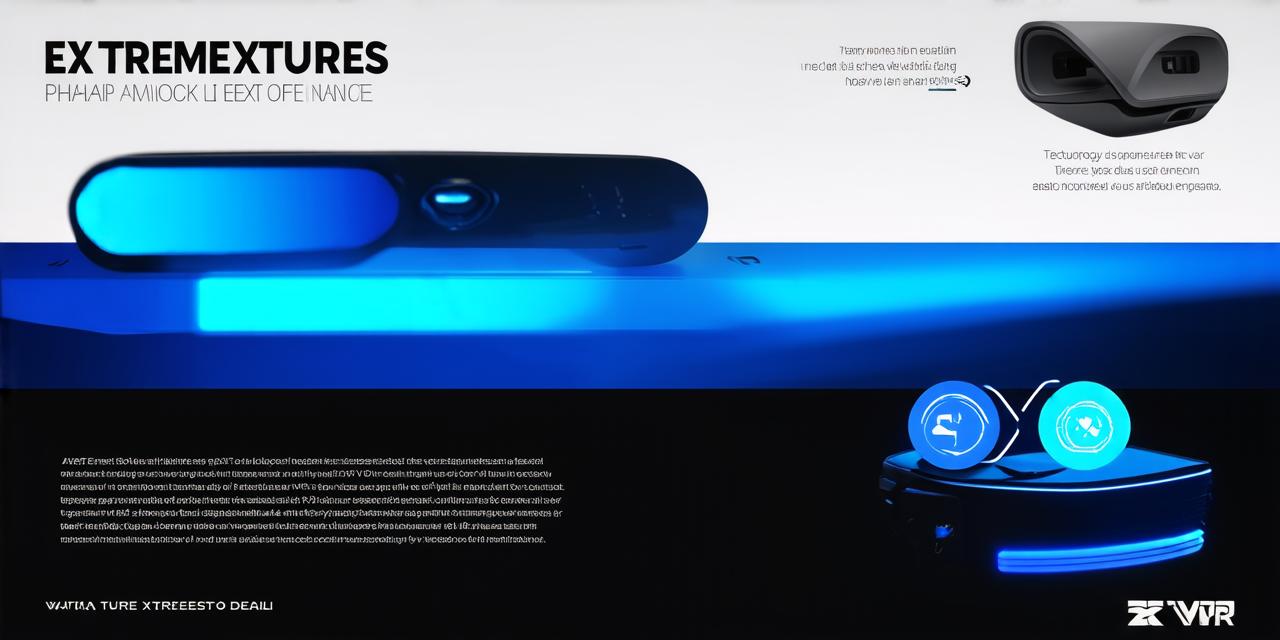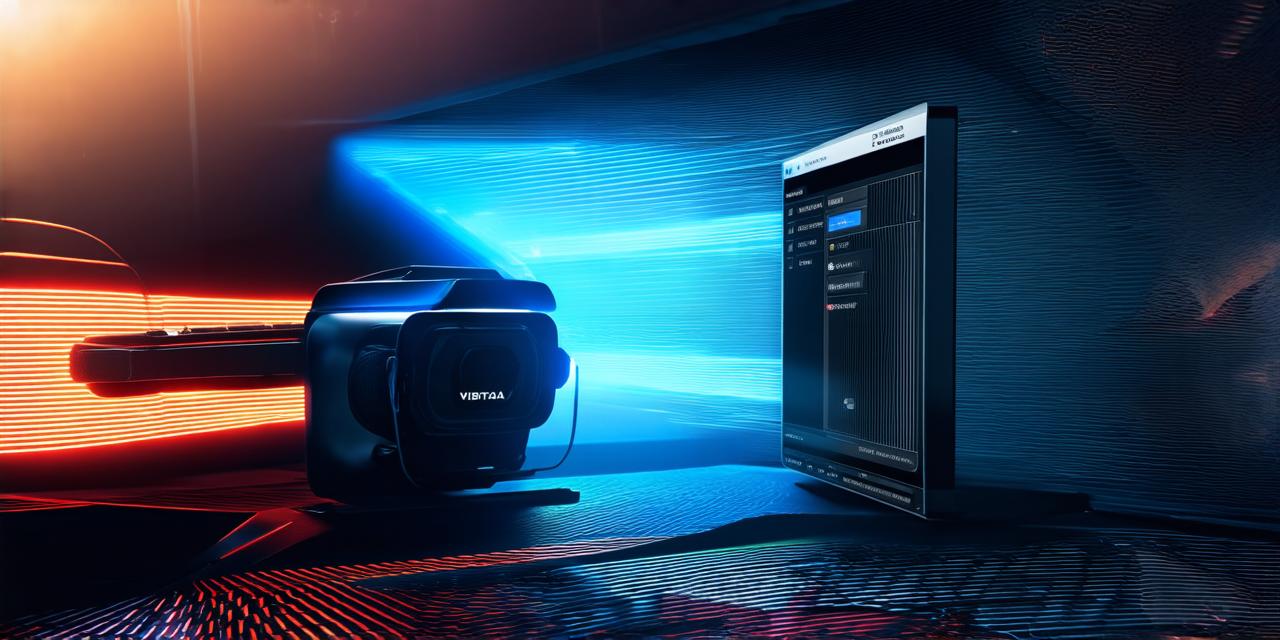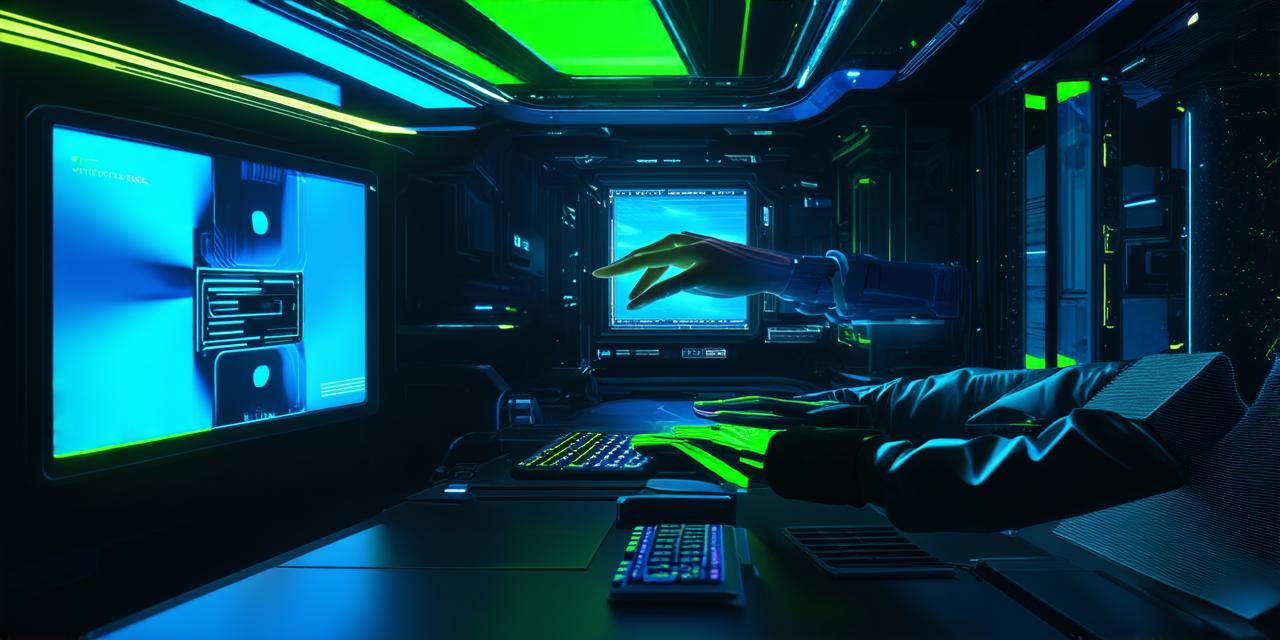Gaming and Entertainment
One of the most well-known examples of mixed reality is gaming. With MR, gamers can enter a virtual world and interact with it in real-time. This technology allows for a more immersive experience, as players can physically move around in the real world while still experiencing the virtual environment. MR games are often played on specialized headsets or smartphones, which track the user’s movements and translate them into the virtual world. Examples of popular MR games include Minecraft Earth and Pokemon Go.
Education
Mixed reality also has the potential to revolutionize education. With MR, students can experience real-world scenarios in a safe and controlled environment. This technology allows for hands-on learning experiences that would be impossible or dangerous to replicate in real life. For example, medical students can practice surgeries on virtual patients, while engineering students can design and test their projects in a virtual environment before building them in the real world. MR also allows for collaborative learning experiences, as students from different parts of the world can work together on a project in real-time.
Healthcare
Mixed reality has a number of applications in healthcare. One example is surgical training. With MR, surgeons can practice their skills on virtual patients, allowing them to gain experience and confidence without risking the lives of real patients. This technology also allows for more precise and accurate surgeries, as surgeons can see the internal organs and structures of the patient in real-time. Another application of MR in healthcare is in rehabilitation. With MR, patients can perform physical therapy exercises in a virtual environment, allowing them to track their progress and receive immediate feedback from therapists.
Manufacturing
Mixed reality also has important applications in manufacturing. With MR, manufacturers can design and test products in a virtual environment before building them in the real world. This technology allows for faster prototyping and reduces the cost of physical testing. MR also allows for more efficient assembly lines, as workers can see and interact with virtual objects in real-time. For example, an automotive manufacturer could use MR to design and test a new car engine, or to assemble a car in a virtual environment before building it in the real world.
Conclusion
Mixed reality is a powerful technology that has the potential to revolutionize many industries. With its ability to combine virtual elements with real-world environments, it allows for immersive experiences and hands-on learning opportunities. As this technology continues to evolve, we can expect to see even more innovative applications in the future.



